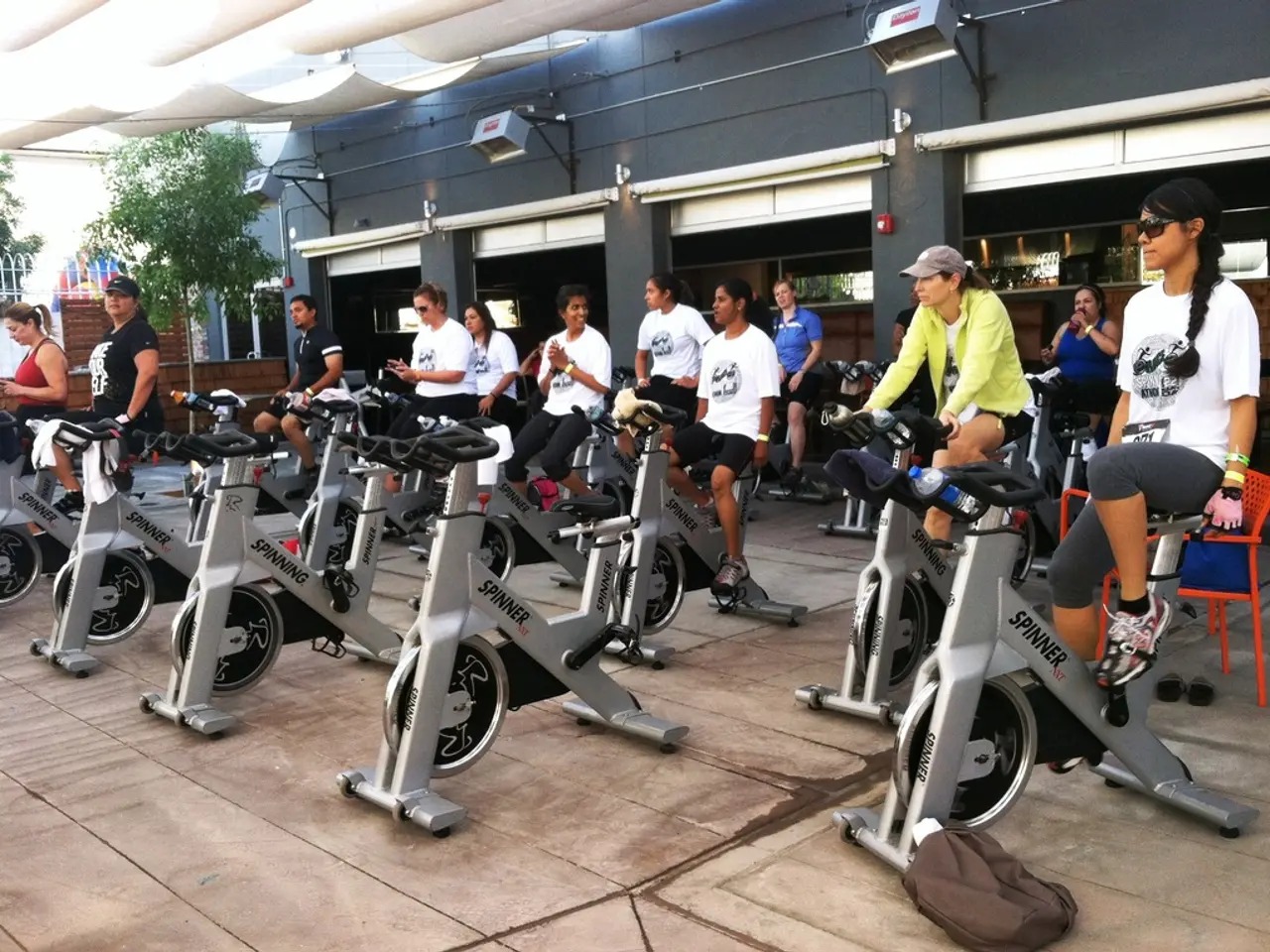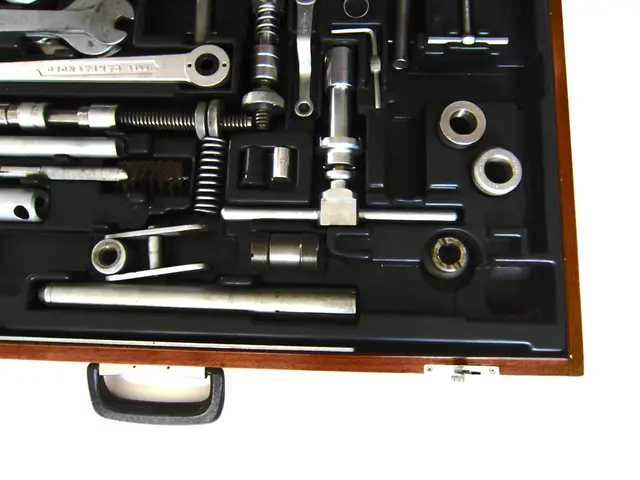Managing Golfer's Elbow Pain with Lifestyle Adjustments
For those dealing with the discomfort of golfer's elbow, also known as medial epicondylitis, a multi-faceted approach can provide significant relief and support the healing process. This article outlines effective lifestyle changes that focus on reducing strain on the affected tendons and promoting healing.
Golfer's elbow is typically caused by repetitive motions and overuse of the forearm muscles, which can lead to inflammation and pain on the inner side of the elbow. To manage this condition, it is crucial to avoid repetitive activities that aggravate the condition, such as golfing, typing, or weightlifting. Modifying or taking breaks from these tasks can help rest the tendon and prevent further irritation.
Maintaining a healthy weight and overall fitness is another key recommendation. Keeping a healthy weight lessens musculoskeletal strain, while regular exercise enhances tendon resilience and overall arm strength. Stress reduction techniques like meditation, yoga, or deep breathing can also help decrease muscle tension, which can worsen symptoms. Sufficient sleep and rest are essential to support tissue repair and recovery.
Ergoonomic considerations play a significant role in managing golfer's elbow. Adjusting workstation ergonomics can help reduce strain on the elbow during everyday activities. Using ergonomic equipment, like an adjustable chair and ergonomic keyboard, can help maintain a neutral wrist position during desk work. Ergonomic handles can help reduce stress on the forearm muscles when using tools, such as golf clubs or tennis rackets.
Stretching and strengthening exercises can help improve the flexibility and strength of the forearm muscles, reducing the strain on the tendons and supporting the healing process. The R.I.C.E method (Rest, Ice, Compression, and Elevation) is a simple and effective way to treat acute injuries, including golfer's elbow. Gently bending the wrist backward while extending the affected arm in front of you can provide a stretch in the inner forearm. Rotating the forearm to turn the palm up and back down, using a light dumbbell or can of soup, can help improve forearm flexibility. Bending the affected elbow to 90 degrees and rotating the TheraBand Flexbar away from the body can help strengthen the forearm muscles.
Engaging in alternate low-impact exercises, such as swimming or cycling, can help maintain fitness without exacerbating the pain. It is essential to listen to your body and avoid activities that cause discomfort to prevent re-injury.
Consulting with a physical therapist or healthcare professional for specific exercises that target the muscles affected by golfer's elbow is highly recommended. Ideally, perform these exercises under the guidance of a professional to ensure safety and effectiveness.
Maintaining a healthy lifestyle can also include getting enough exercise to promote overall fitness and support the healing process. A balanced diet, hydration, restful sleep, avoiding smoking and excessive alcohol consumption can support the body's natural healing processes.
By incorporating these lifestyle changes, individuals can form a comprehensive approach to managing golfer's elbow pain and supporting long-term recovery, addressing both symptoms and underlying causes.
Incorporating science-backed lifestyle changes can be beneficial for managing golfer's elbow. This includes maintaining a home-and-garden routine that includes regular fitness-and-exercise, such as ergonomic workouts and low-impact activities like swimming, to reduce strain on the affected tendons and support healing. Additionally, adopting health-and-wellness practices, like keeping a balanced diet, adequate hydration, restful sleep, stress reduction techniques, and abstaining from smoking and excessive alcohol consumption, can strengthen the body's natural healing processes.








